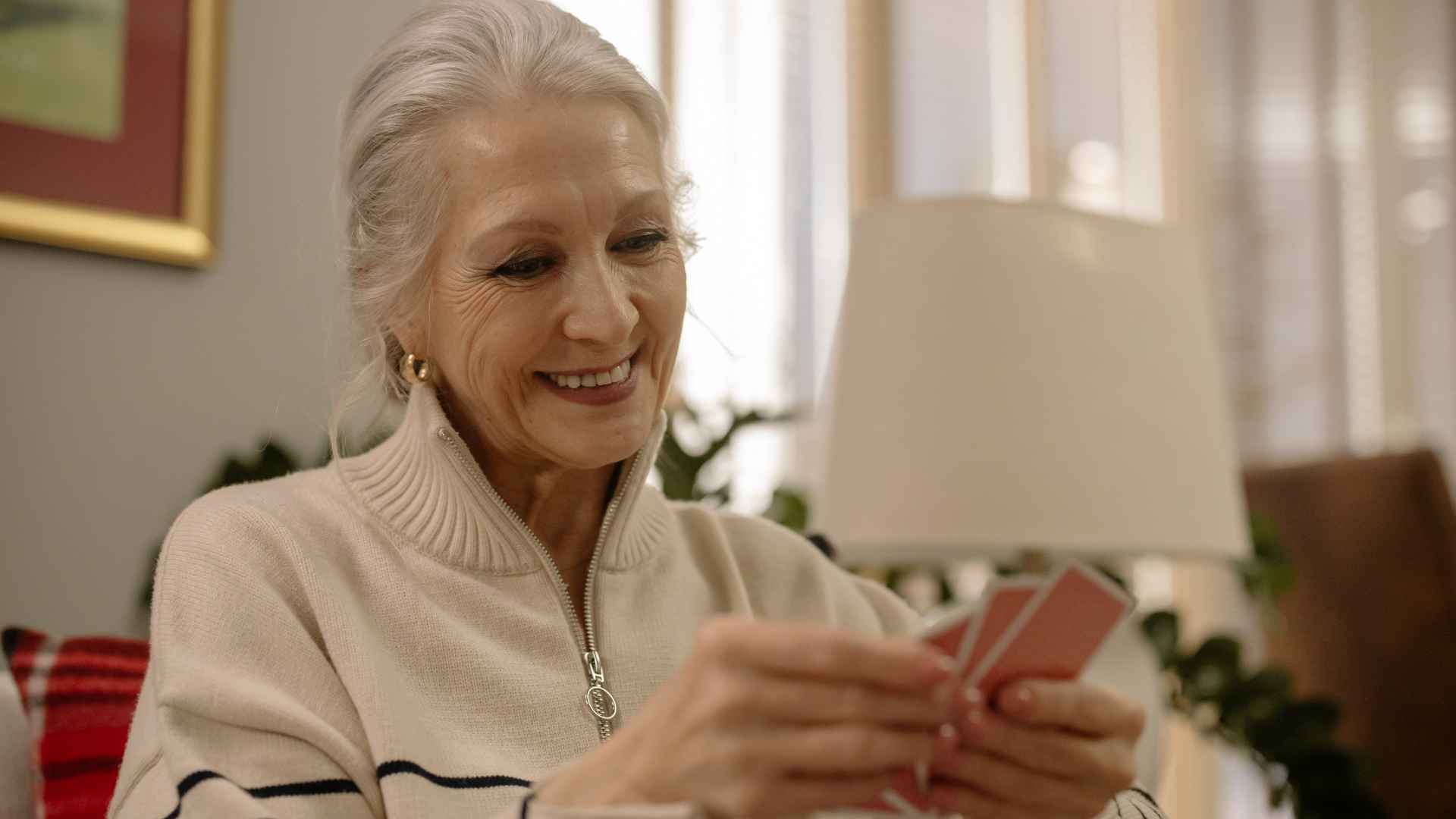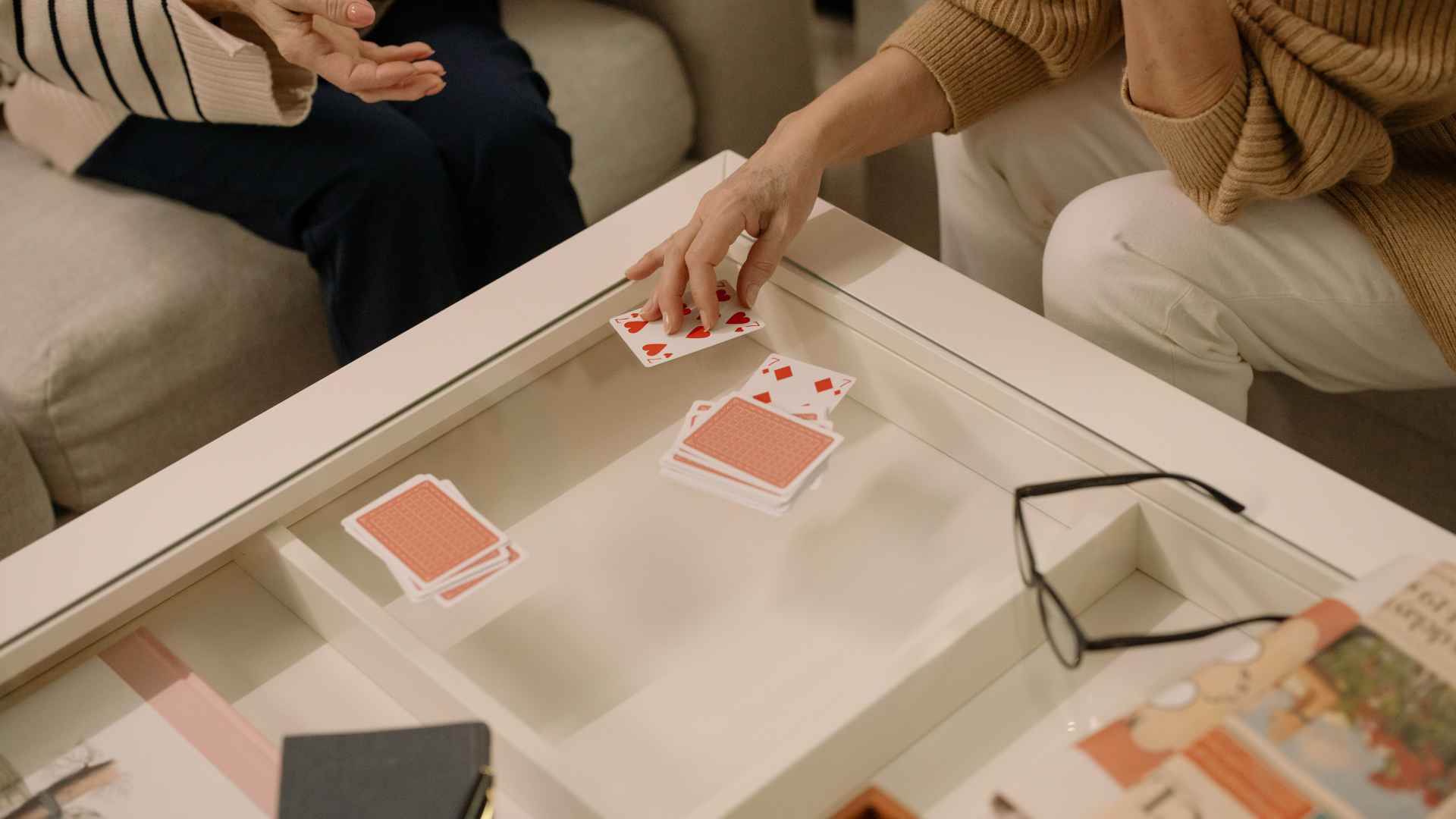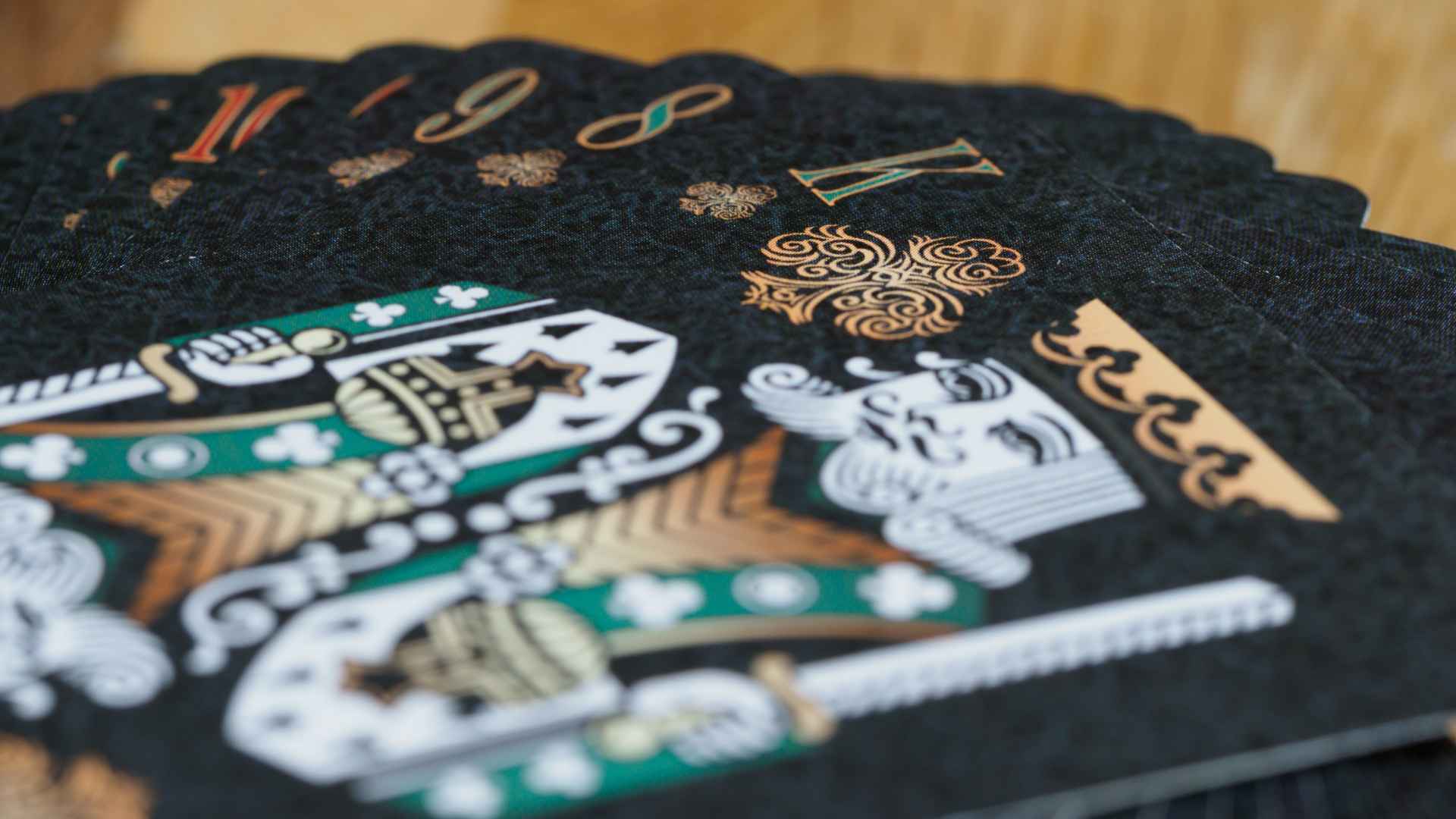.jpg)

Since the 1930s, Bridge has been one of the most popular card games in the world. There are more books about bridge than any other game except Chess. Here is your guide to playing one of the world's most popular card games.
Bridge is played all over the country and tournaments continue to attract thousands of players who compete with each other to become Life Masters. It is estimated that several hundred thousand people play ‘kitchen bridge’ with more than 30,000 people playing competitively in clubs.
Bridge is a partnership, trick-taking card game of skill – widely recognised as a ‘mind sport.’ It’s popular because all you need to play the game is a standard 52-card deck and four players in two partnerships. It is interesting, challenging – sometimes frustrating but great fun – and a fantastic way to meet new people.
Bridge has a long history and there are so many stories that it’s difficult to sift the truth from the tales. Some say that British soldiers invented Bridge whilst serving in the Crimean War, naming the game after the Galata Bridge. The Galata Bridge spans the Golden Horn, linking the old and new parts of European Istanbul and the soldiers would cross the bridge each day to go to a coffee house where they’d play cards.
Whether this is true or not, a game called Khedive - very similar to Bridge - appeared in Constantinople before 1870 and this resembled a card game played in Greece before that time. Khedive was renamed ‘Biritch’ – which, with an English pronunciation, sounds like ‘Bridge.’ This became popular on the French Riviera in the 1870s. In London, in 1887, a pamphlet describing ‘Biritch or Russian Whist’ was issued in London and the description of the game made it sound very similar to what we call Bridge Whist.
The first version of the modern game was called ‘Bridge’ but later became known as Bridge Whist to distinguish it from later versions of the game.
Bridge Whist appeared in New York in 1893 and in London 1894 where it became extremely popular, replacing Whist which was generally played in 1894. By 1900 Bridge Whist was a fashionable pastime for both men and women. Indeed, it was the first game of the Whist family to be played by both sexes.
Auction Bridge, introduced into England in 1904 rapidly gained it popularity and, between 1907 and 1928, was one of the most widely played card games.
It is estimated that at the height of its popularity, Auction Bridge was played by around 15 million people. Auction Bridge differs from Bridge Whist in that all four players bid for the right to name the trump suit.
By 1930, Contract Bridge had been introduced and soon overtook its predecessors in the popularity stakes. The main difference between this, Bridge Whist and Auction Bridge is in the way that it is scored.
The aim of Contract Bridge is to score as many points as possible and to permit the opponents to score as few as possible.
The origins of Duplicate Bridge are based on the emergence of Duplicate Whist in the game of Whist. Duplicate Bridge appears to be a variation of Contract Bridge where the same set of bridge deals – that is the distribution of the 52 cards between the four hands) are played by different competitor and the scoring is based on relative performance.
In this way, every hand, strong or weak, is played in competition with others playing identical cards – and the element of skill is heightened and the chance reduced. This is a contrast to Bridge played without duplication where each hand is freshly dealt and where scores may be more affected by chance in the short term.
Duplicate Bridge is played in three main forms:
Traditionally, the average age of a Bridge player is older – with average ages in the late 60s. Today, however, online Bridge clubs are narrowing the gap between younger and older players.
Since the pandemic, people in their 20s and 30s have been learning to play bridge online. An organisation called Bridge4schools is running sessions to teach school children how to play as it teaches a number of skills, teamwork and social skills.
As an entertaining game, it is suitable for all ages, all genders and all seasons but it can be a perfect choice of hobby for older adults living in retirement communities because finding three other people to play is relatively easy.
Learning the basics of bridge can be achieved over a weekend.
Duplicate bridge takes a little longer and this really depends on how much you practise Learning bridge has been compared with learning a language in that reward is closely related to effort. And, just as everyone speaks a language (even if only their own), anyone can learn to play bridge.
There’s plenty of information on how to play Bridge online – on sites like www.nofearbridge.co.uk which focuses on Minibridge – a simplified version of the game, there’s also www.bridgedoctor.com and Funbridge, on the app store, designed for any type of players from beginners to experts.
Another way to learn solo is by using www.trickybridge.com – where you can study at your own pace through 37 lessons, competitions and challenges.
For those who prefer to read or listen, there’s a whole range of books including Bridge for Dummies, Bridge for Complete Beginners, Bridge at a Glance – some of which have audio versions.
There are a variety of bridge clubs, private classes and group lessons, U3A groups and even weekend courses across the UK, many of which provide tuition.
Take a look at our blog on the University of the Third Age – you’ll find some local groups that play or teach Bridge.
The following are just samples of some of the classes available:
Take a look at www.surreycountybridge.org.uk where you’ll find details of experienced professional Bridge teachers who teach in Richmond, Twickenham, Guildford, Farnborough, Oxted, Limpsfield, Crockham Hill, Woking and Byfleet.
Several branches of the U3A offer Bridge Beginners and Social Class including Guildford - and there are Bridge Masterclasses on offer with the Elmbridge U3A. There’s also a Bridge Club in Reigate.
For beginners and improvers in Wokingham, there is Leisureland Bridge Club. If you’re in Windsor, there’s a Windsor Bridge Club which welcomes new members and visitors.
The Whitenap Bridge Club is located at the Age Concern Hall on Linden Road, Romsey – and the group plays Duplicate Bridge on Monday evenings. The Godalming Bridge Club was established in 1937 and is located in Milford Village Hall.
Bridge lessons are available in Henley-on-Thames and Oxford has several clubs including Oxford Bridge Club and Summertown Bridge Club.
Wallingford Bridge Club runs beginners’ courses with four terms of 10 weeks each, Improvers Bridge and Improvers Plus groups. For those who live in the Oxfordshire Cotswolds, Burford Bridge Club is a great place to play and beginners’ classes and weekends are held at the Cotswold Bridge Club in Burford. You're also able to join Watlington Bridge Club if you live in South Oxfordshire, with a mixture of both older and younger generations taking part.
Tunbridge Wells has a friendly Bridge Club, which plays Duplicate, Chicago and Rubber Bridge from Monday to Friday and the club is based on London Road. The club advertises that it is suitable for anyone over the age of 11, there’s an annual subscription and a cost per person depending on the type of Bridge played and whether supervised or unsupervised.
If five or six wish to play in the same game, the initial draw establishes the precedence. The player lowest in order of precedence sits out until the end of the first rubber, when he replaces the next lowest in the order. If two players draw cards of the same rank, the card of the highest-ranking suit takes precedence over the other.
There are lots of guides to playing Bridge online – www.funbridge.com is one of them and there are videos on youtube including ‘How To Play Bridge (Complete Tutorial)', ‘Learn To Play Bridge in 5 Minutes’ and ‘How to Play Bridge Card Game?’ Videos are an easier way to teach yourself.
You can watch one of these videos below. Please note: this content was not made by Beechcroft.
It is possible to practise playing Bridge on your computer using specific software, or by downloading an app onto your smartphone or tablet.
Personal computers, laptops and tablets opened up new possibilities for both playing bridge as well as learning the game. Some internet sites have tournaments at which players can earn international master points.
Bridge stimulates the brain: Bridge is widely recognised as a ‘mind sport,’ stimulating the brain. Research has shown that playing Bridge regularly can improve reasoning skills and long and short-term memory and the effects are long-lasting. Many players say that they feel mentally alert and energised for hours after playing Bridge.
Bridge exercises both sides of the brain: Bridge is one of the few games that stimulates both the left and right sides of the brain. Every time you play, you use and improve your skills in communication, logic, maths, memory and visualisation.
Bridge is sociable: When you play, you communicate and co-operate with your partner and interact with your opponents. Bridge often creates strong friendship groups and the teamwork is enjoyable.
Bridge is inexpensive: All you need to play Bridge is a deck of cards and three other people – and you can play anywhere – even online.
Bridge is never boring: With more than 750 trillion possible hands, you’ll see something new every time you play – and it’s a fast-paced game. Each hand takes five to ten minutes to play and then you move onto the next deal and a new hand.
With all these benefits, it’s worth giving Bridge a try!
Many of our owners play Bridge, and several of our developments benefit from a communal lounge, meaning you'll be able to play and learn together,
Discover Beechcroft's retirement communities29 May 2025
There are at least 12 different terms to describe retirement housing including extra care housing, housing with care, independent…
Read more9 May 2025
If you enjoy travelling within the UK, there are plenty of financial benefits related to retirement. It’s easy to leave the car…
Read more7 April 2025
From beautiful landscapes to excellent transport links, Kent offers the best of both worlds - convenience and charm - along with…
Read more










